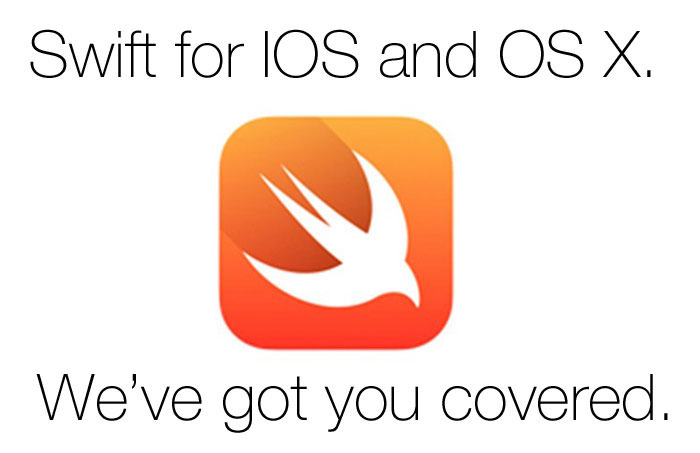From the very start, Apple has been famous for doing things its own way. The company has frequently defied conventional wisdom to develop innovative products. The recent unveiling of Apple’s new programming language, Swift, is its latest development — and one that has programmers around the world buzzing with excitement.
Swift provides three crucial benefits for users:
- Apps run faster.
- Security is enhanced.
- Creating and modifying apps can be done in less time, resulting in faster deployment.
To fully comprehend why Swift offers these advantages, it is necessary to analyze what Apple has accomplished with its new language — and the benefits that Swift offers to developers.
Processing Speed
To build a high-performance race car, engineers work out the optimal design of each element before attempting to assemble the car. In a similar way, Apple analyzed all features that affected the processing speed of an app. It then addressed every element that it was possible to “tweak” to improve performance.
The first step was to optimize the native code to reduce the time needed to compile in real-time. The language was designed to leverage iPad, iPhone and Mac hardware in order to get the most out of the devices that would be using apps developed in Swift. The standard library and syntax, although constructed to facilitate coding, were fine-tuned to ensure fast execution of the code as well.
Playgrounds
With Swift, Apple introduces the concept of “Playgrounds”. Playgrounds allow the developer to see immediate results to code changes, side by side with the coding window. Development frameworks provided by Apple like Spritekit and many other frameworks can be easily imported to Playground to work and code effectively.
Read-Eval-Print-Loop (REPL)
The debugging console in Xcode includes an interactive version of the Swift language built using the newest LLVM compiler. Developers can use Swift syntax to evaluate and interact with your running application. This improves the debugging methodology used by any developer.
Developers can also write new code on the fly to see how it works, which can help to understand scripting while debugging. This can be used from or within the Xcode console, or in Mac OS’s Terminal utility.
Security Features
Before Swift, Apple apps were developed in Objective-C, another language developed by Apple. Objective-C was infamous among developers for its difficulty to learn and use. It was released in the 1980s, making it ancient by software standards. Code was less than straightforward, making it difficult to debug and for subsequent developers to support.
In February 2014, Apple publicly admitted that there was an error in Objective-C that had potentially disastrous effects for devices running iOS as well as OS X. A single line of code left a vulnerability that hackers could exploit. The code involved SSL, the protocol for encrypting data and authenticating Internet addresses. The SSL bug was particularly vulnerable to “man-in-the-middle” attacks. In theory, a hacker could intercept a connection between, for example, an individual and his or her bank, redirect the user to a bogus website and capture sensitive data. In addition, virtually all data existing in a device’s memory could be retrieved by the hacker.
This weakness was eliminated with Swift. Furthermore, additional safeguards were built into the language to help “bullet-proof” apps, such as initializing all variables before use and checking arrays for overflow. Part of the security efforts included making the code easier to read, follow event chains and interpret.
Deployment Time
Creating a new app or modifying an existing one takes longer if Objective-C is used. Part of the time is spent just entering code. Swift was designed to reduce the amount of code that a developer must write. As a result, apps can be deployed more quickly, allowing businesses to avoid long waits for a finished app.
- Some of the features in Swift that work to reduce development time include:
- Elimination of the need to end every command with a semi-colon
- Inferred types eliminate the requirement to specify the variable type
- Automatic memory management, which required writing code to handle the task in Objective-C as well as the majority of other languages
- Interactive playgrounds let developers view the results of code as it is entered, simplifying debugging and testing
- Compatible with Objective-C, allowing integration with existing apps without the need to “reinvent the wheel”
In Conclusion
Swift is an easy-to-learn language that experienced programmers can master in relatively little time. Despite its developer-friendly simplicity, Swift is a powerful language that is capable of handling apps quickly and securely.
To Learn More
At delaPlex, our team members embraced Swift immediately, recognizing the potential benefits the language offered to clients. We are ready to help our customers harness the power of Apple’s new language. Contact us today to discuss your next project.


